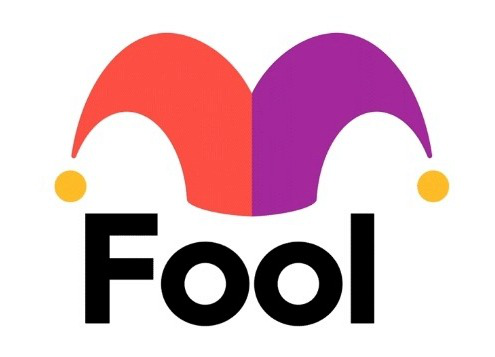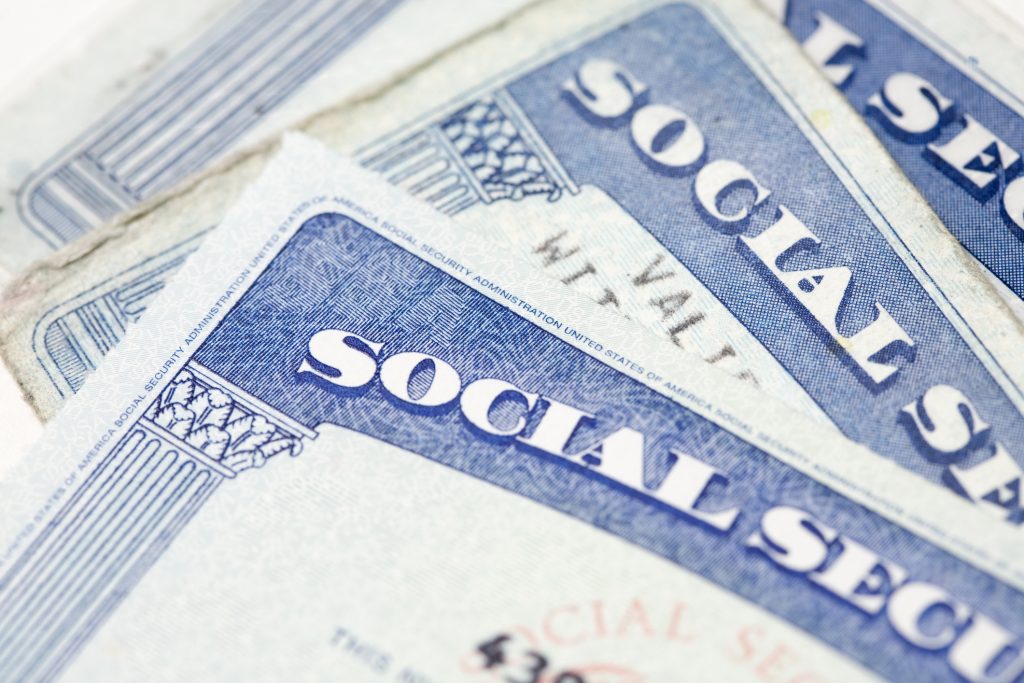The deadline for 2024 required minimum distributions (RMDs) has passed for most seniors. But if you turned 73 last year, you actually have until April 1, 2025, to make your first RMD. These mandates can be a bit confusing at first, but once you’ve dealt with them once or twice, it gets easier.
The one thing you don’t want to do is skip taking your RMD altogether. It might seem like a small mistake, but the IRS will make you pay for it. Fortunately, there are ways to minimize the damage or even avoid penalties altogether in some cases.
Where to invest $1,000 right now? Our analyst team just revealed what they believe are the 10 best stocks to buy right now. See the 10 stocks »

Image source: Getty Images.
The consequences of not taking an RMD
The government requires you to take RMDs from most tax-advantaged retirement accounts beginning in the year you turn 73. The rationale is simple: The government allows people to defer the taxes on their contributions in the years when they are made as a way to encourage people to invest for retirement — but eventually, it does want the taxes that it’s owed. RMDs ensure that it gradually gets them.
The only types of retirement accounts that are not subject to RMD rules are workplace retirement plans if you’re still working for the company and own less than 5% of it, and Roth retirement plans. There’s no need for an RMD when it comes to a Roth account because contributions to those are made with money you’ve already paid taxes on in the year you earned it, and withdrawals from them in retirement are tax-free. The IRS has already taken its share.
Failing to take an RMD in a timely manner triggers a 25% penalty on the amount you should have withdrawn. So, for example, if you were supposed to take a $10,000 withdrawal from your IRA in 2024 and you didn’t take any money out, the government will hit you with a $2,500 penalty. For most people, that’s going to cost them more than the income tax they would have paid by just taking their RMD as scheduled.
It is possible in some cases to reduce an RMD penalty to 10%, but you’ll have to jump through some hoops. You must take your RMD as soon as you realize your mistake and file an amended tax return with the IRS. If you do this within two years of your missed RMD, and show that whatever shortfall there was in your account distributions was due to “reasonable error,” the IRS may cut the size of the penalty to 10%.
How to avoid missed RMDs in the future
Making sure that you take out the required amount from your retirement accounts each year mostly comes down to understanding the RMD rules. To calculate your RMD for a given tax year, simply take your account balance as of the end of the previous year — so, for example, 2023 for the 2024 tax year — and divide it by the distribution period listed next to your age in the Uniform Lifetime Table. For example, someone with an IRA balance of $100,000 on Dec. 31, 2023, who turned 73 in 2024 would divide $100,000 by the 26.5 distribution period for 73-year-olds to get an RMD of $3,774 from that account.
If you have more than one 401(k), you will be required to calculate the RMDs from each account separately, and withdraw the required amounts from all of them. With IRAs, you have a little more flexibility. Say you have to take a $1,000 RMD from one IRA and a $6,000 RMD from another. You could take all $7,000 from one, $3,500 from each, or any combination you want as long as you withdraw at least $7,000 before the deadline.
It’s possible you may have taken withdrawals equal to or in excess of your RMDs during the course of your regular retirement account withdrawals during the year. But it’s always a good idea to check in as you near the RMD deadline, just in case you’re a little short.
An alternative to RMDs
The IRS offers one alternative to RMDs: qualified charitable distributions (QCDs). You can arrange for your retirement account administrator to transfer your RMD from your account to a qualifying charitable organization. The funds cannot pass through your hands first. If you do this, you’ll still have to take the money out of your account, but the government won’t count it as part of your taxable income for the year. Plus, you’ll get to help out a good cause.
If you still have to make a 2024 RMD or QCD, don’t wait too much longer. It can take time to move the money out of your account. Waiting until the last second could put you at risk of missing the April 1 deadline.
The $22,924 Social Security bonus most retirees completely overlook
If you’re like most Americans, you’re a few years (or more) behind on your retirement savings. But a handful of little-known “Social Security secrets” could help ensure a boost in your retirement income. For example: one easy trick could pay you as much as $22,924 more… each year! Once you learn how to maximize your Social Security benefits, we think you could retire confidently with the peace of mind we’re all after. Simply click here to discover how to learn more about these strategies.
 fool.com
fool.com benzinga.com
benzinga.com



